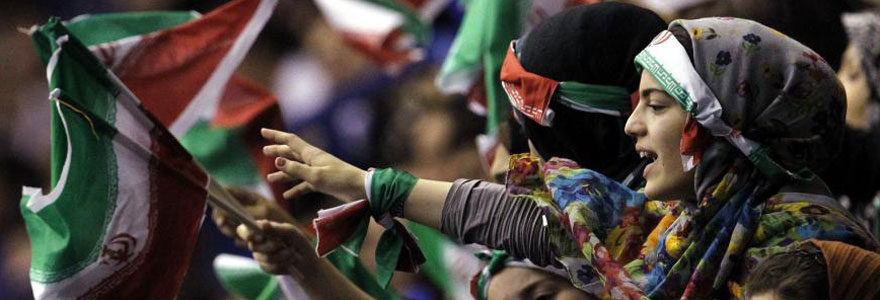Over a century now, Iranian women have tirelessly fought for their women's rights and worked for change. Women's rights in Iran today are still a struggle. Under the Islamic Republic system in place now, they still face widespread legal discrimination. Their human rights are violated since the law doesn't treat them equally as citizens when it comes to crime and punishment, personal freedom like work and travel, and individual statuses such as divorce, marriage, and inheritance.
Despite their violation of human rights, they currently face, with unity, organisation, and common goal, Iranian women, are in a position of changing history and making a new beginning for their country.
Do women have rights in Iran?
In Iran, women's rights have been fighting that all women want to conquer. Iran has a history of activism of women. The social movement of women started in 1905 during the revolution of the constitution when a broad-based known movement demanded to check the total power of the Qajar monarchy. In 1910 the foremost journal of women was published.
Throughout the Pahlavi monarchy (1920 to 1979), women made greater employment, education, and political participation. In 1935 the first women group enrolled at the University of Tehran. In 1963 women got their right to vote, and in 1968 Iran selected its first female to be a minister of education.
Since the revolution (1979) the Iranian women have practiced the Islamisation of their nation via laws regulating their clothing (like requiring the hejab), applying some Islamic traditions (like the lawful age of marriage), and growing the authority of men over women, a move backed up by referring to family values.
During this period, literacy rates, education, and the percentage of women attending university increased rapidly. In Iran, 97% of women are literate and above 60% of university students are female. Before, there were no women who were educated as doctors, journalists, engineers, lawyers, and artists. However, this is not equally represented in the workforce.
Only 15.2% of women are employed, equated to 64% of men, also the Iranian women's representation in the political field is lesser. Only 17 women are making 6% of MPs in the parliament of Iran who were elected in 2016. In the 1980 elections, just 17 female members, which is 1%, were elected to the Republic of Islamic first Majlis.
Legal discrimination
There is no other demographic which is so organised, united and purposed to make a difference in the freedom pursuit and democracy as Iranian women are. The determination comes from discriminatory laws experience, which has led thousands of women to become leaders and change-makers.
All Iranian women, irrespective of their social status, education, religion, ethnicity, political beliefs, age, encounter discrimination under the law where they are not treated as citizens with the same rights. Due to this, irrespective of their political differences, Iranian women have a sense of empathy, solidarity, and compassion for each other and girls who encounter lawful hurdles on divorce, marriage, inheritance, custody, and criminal cases.
Iranian law treats its people differently according to their gender: If a vehicle hits a pedestrian, the driver's punishment and compensation to the victim is halved if a woman is the latter. It's difficult for a married woman to go outside the country or get a passport without a written permit from her husband.
This law has been widely criticised in the last years, mostly since 2017
when the Iranians got their (first) female vice president Masoumeh Ebtekar regarding the law, she needed a written permit to travel or get a passport.
The changes
Iranian society has taken a different path, and most of the upcoming men and women who are highly educated condemn these discriminatory laws. Since 2005 to 2009, women from different political backgrounds and religions began the One Million Signature Campaign movement.
Active in many big cities in Iran, it mobilised thousands of women to gather signatures against lawful discrimination in Iran. Young men were not left behind. They also took part in gathering the signatures. The government saw the group as a threat and arrested hundreds of activists, sentenced them, and sent them for several years in prison.
Although the campaign didn't attain its one million signatures, the activists created awareness of legal discrimination by developing hundreds of seminars and protesting in front of courts, government buildings, and public spaces.
Conclusion
Women could only plan an important role in developing something new if they can be more united and organised around their common goal. The image of a woman is one of a kind, wise and generous person in Iran. These are the characteristics of a good leader. If well organised, a political party like this could designate its member and become powerful enough in the parliament that the government could not resist its demands.

